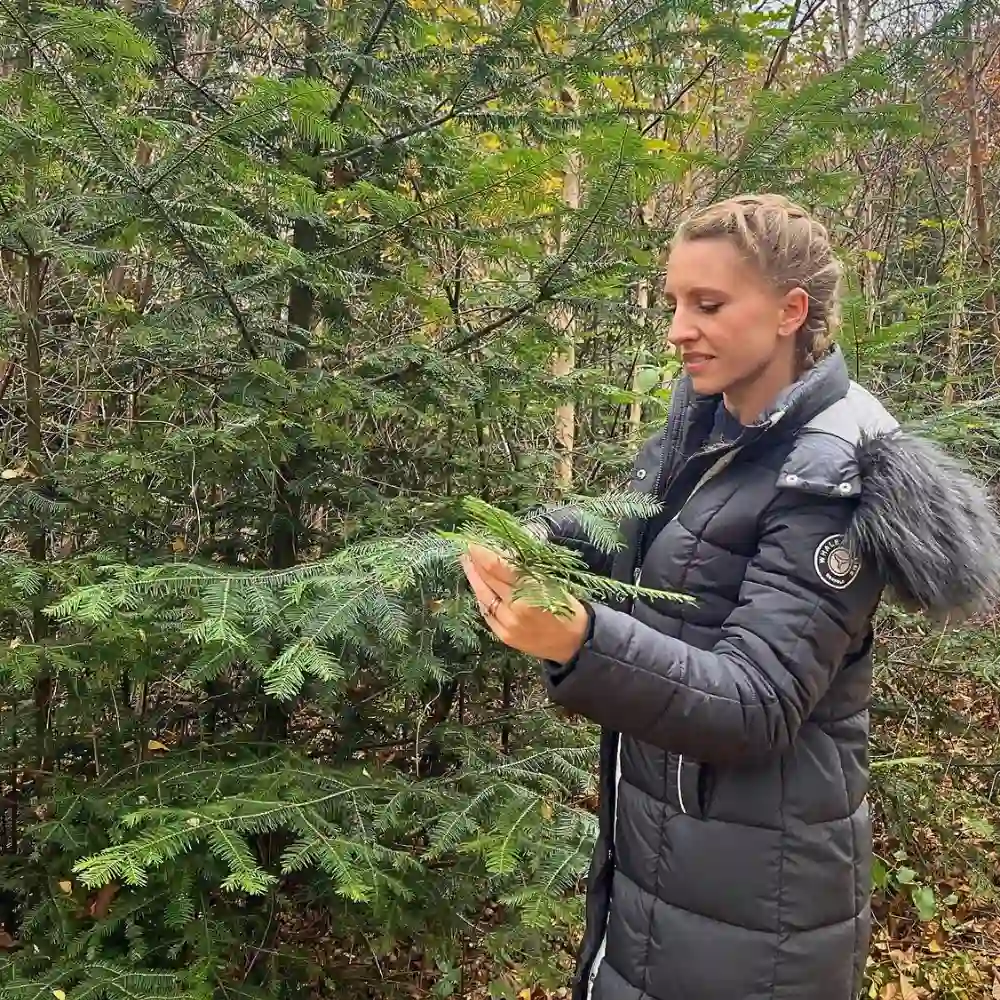Carbon Neutral Compensation
How does Carbon Neutral Compensation Work?
Whether you believe it or not, we are all facing a climate crisis. The main reason for this is the increased concentration of greenhouse gasses in our atmosphere. I’m not going to try to convince you we are all responsible for the current environmental issues; if you still think this is not the case, please review all the overwhelming evidence before reading on. As a company, it is almost impossible to not have a carbon footprint. With awareness growing, a lot of companies are reducing their footprint. But what to do about the remaining emissions? Most likely you’ve heard about carbon compensation. But what is it, and how does it work?
Carbon Cycle
To be able to understand the concept of carbon compensation, it is important to understand the carbon cycles. Carbon is the building block of all living things. This is why molecules containing carbon are called organic compounds. The short carbon cycle is what we can witness every day. A plant grows by extracting CO2 from the air, converting it into sugars by photosynthesis. When the plant dies, it will start to rot, converting the carbon back into CO2. This all happens in the span of a few months to multiple decades. In the long carbon cycle, the carbon is not released back into the atmosphere directly. It is stored underground for hundreds, thousands, or even millions of years. This happens for instance in peat bogs. Wait long enough, and the dead plant material will fossilize into materials like coal and oil.
Carbon Sink
Something that stores CO2 for an extended amount of time (preferably indefinitely) is called a carbon sink. Naturally, peat, oil, and coal are great ways to store carbon, preventing it from turning into carbon dioxide. Forests, especially old ones, store a lot of carbon as well. Older forests build up a layer of organic material underground, which is why they store more than new or production forests. We humans can store a lot of carbon as well. We can use wood to build structures that last for decades and store carbon during that time. To effectively lower the concentration of greenhouse gasses in our atmosphere, we need to make sure that carbon is stored for a long time.
Compensation Methods
There are many ways offered to compensate (or offset, as it is also called) your emissions. Whichever you choose, keep in mind that none of them are going to solve climate change on their own! Lowering your own impact needs to stay your top priority. Basically there are two types of compensation that are offered: projects that extract carbon from the atmosphere and projects that prevent certain carbon emissions. Both are ways of lowering the total amount of carbon released. In my opinion, only the first should be used for compensation if you want to make something carbon neutral. The latter doesn’t actually extract the carbon that was released by your company’s processes. A couple of methods are:
Reforestation
A very effective method is reforestation. A forest can sequester a lot of carbon and will not release it again if left alone. It is important to understand that when a forest matures, it will come to an equilibrium: the amount of carbon taken up by plants growing will match the amount of carbon released by plants dying. If you want to compensate for your yearly emissions, you will have to plant the required amount of forest every year, not just one time.
Forest Plantation
A plantation is comparable to reforestation, with a few differences. On the downside, the plantation itself will not store as much carbon as a forest, because the biomass will be extracted from the land. On the upside, the extracted biomass can be used for other purposes. Depending on the purpose, this can increase the carbon uptake quite a bit. For instance, using the wood for construction materials creates a durable product pool, storing extra CO2.
Forest Preservation
Preservation makes sure that a forest does not get cut down. Cutting down a forest is bad in two ways, carbon-wise: first of all, the amount of carbon stored in that forest will be released for the most part and secondly, restoring the forest to its original carbon capacity will take an enormous amount of time. A very good cause, but it won’t lower the amount of carbon in the atmosphere.
Substitution
An interesting method is substituting a process that uses the long carbon cycle for a process that uses the short carbon cycle or no carbon at all. For instance, supplying solar cookstoves in developing countries, that otherwise would use coal or charcoal from deforestation.
What to Choose?
If you want to compensate your emissions, choose whichever feels best for you. Keep in mind that if you want to become carbon neutral, you should choose a method that extracts at least the same amount of carbon as you emit. A good example in the sector would be Parfum Flower Company. We calculated the carbon footprint of the production and transport of the roses of Tambuzi they sell. Now, they compensate those roses with Bamboo Village Uganda.










